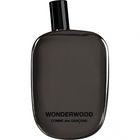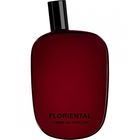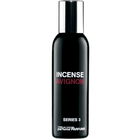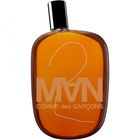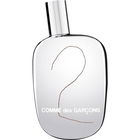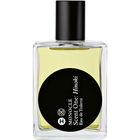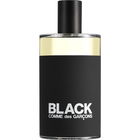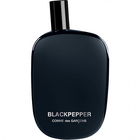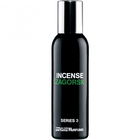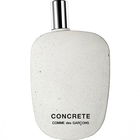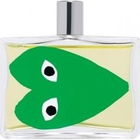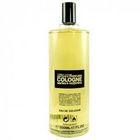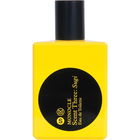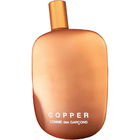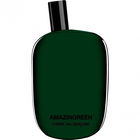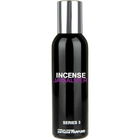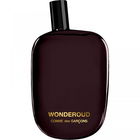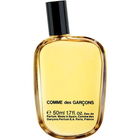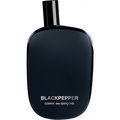
Elieli
3 Reviews

Elieli
3
The closest thing to the Jitterbug Perfume
For all my fellow perfume lovers out there, if you want a good novel with perfume as a central plot point, Jitterbug Perfume by Tom Robbins is the pick for me. Robbins is a hilarious writer, and the titular perfume in the novel is made with base notes of beetroot. Since reading this book years ago I've been a bit obsessed with the idea of a beetroot perfume. I love beets, and the mysterious soil/vegetal smell they have. This perfume, I think, delivers on that fantasy while being very sexy at the same time. On first smell you mostly get patchouli, incense, ginger, but the complex earthy beet smell lingers underneath. I get lots of compliments on it, and yet it still fulfills the wish I have to wear something a bit unexpected. Beautiful.
3 Comments





 Top Notes
Top Notes  Indonesian ginger
Indonesian ginger Pink pepper
Pink pepper Heart Notes
Heart Notes  Beetroot
Beetroot Egyptian geranium leaf
Egyptian geranium leaf Base Notes
Base Notes  Frankincense
Frankincense Labdanum
Labdanum Patchouli
Patchouli









 Montucky
Montucky Ursaw
Ursaw FreshKatsu
FreshKatsu Katzevogel
Katzevogel Shakycircuit
Shakycircuit GrumpyVeggie
GrumpyVeggie grotesqueque
grotesqueque Ch03np
Ch03np Hermesh
Hermesh Yatagan
Yatagan